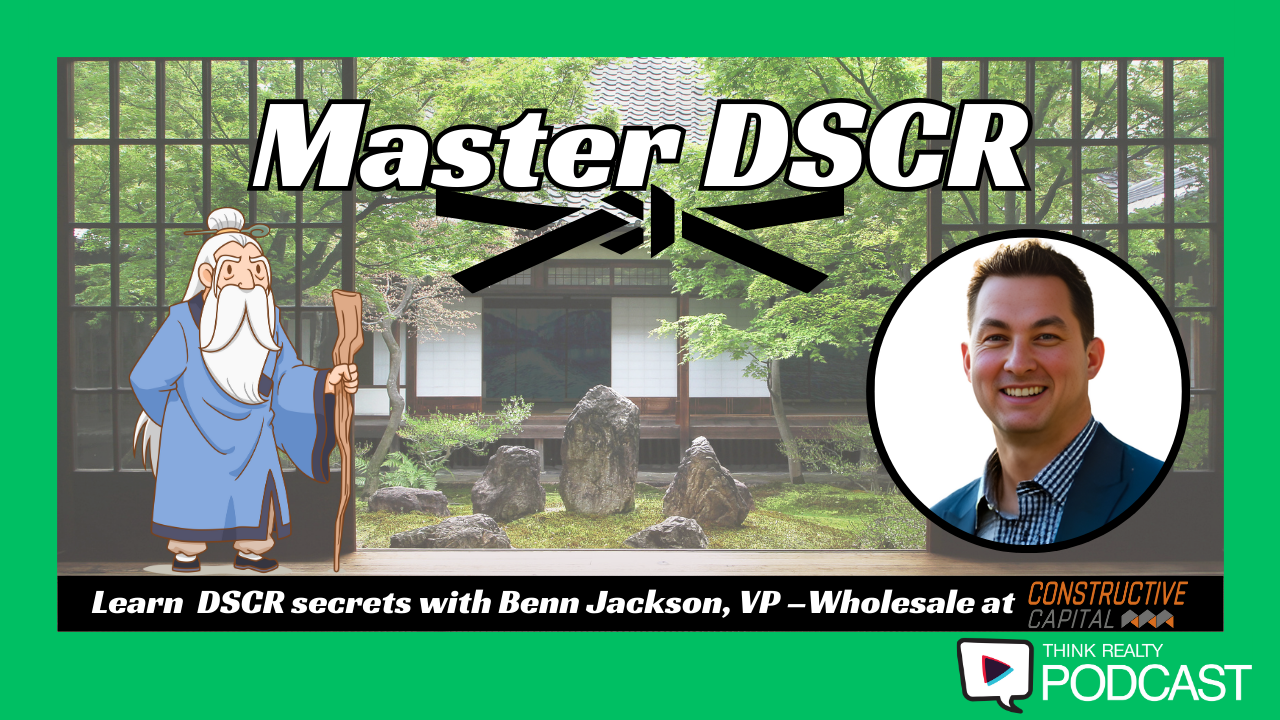Press coverage is priceless, but only if you strategically integrate it into your marketing plan.
As a businessperson who may be interested in increasing your visibility, its important to be familiar with how public relations works. It may surprise you to learn that many of the stories you see on television or in the newspaper are generated by people just like you. They send information to the media, usually via news releases and personal contacts. That means you can actively seek publicity for you or your company. But you must make sure it’s newsworthy and that you’re pitching the right media outlet for your story.
Before you start a public relations campaign, consider who will handle the relationship with the media and familiarize yourself with some tactics that can improve your chances of getting a reporter’s or editor’s attention and help you avoid some common mistakes.
Select a Spokesperson
The best media outlets won’t run your news releases verbatim. They will use the information from them, supplemented with a call to you or a spokesperson.
Choosing the right spokesperson to represent your organization is vital, regardless of your industry or how big or small your company is.
The media prefers to talk with senior executives, or someone who has some level of authority. So, it’s important to select a spokesperson who has authority in his or her position. They need to dispense information to the public. They may need to answer tough questions about pending decisions or industry-related trends.
The best spokespersons have magnetic personalities who can get the media to be more interested in your company
and write more about it. Further, they can connect with their audience. They can get the audience to like them and see things their way. Charismatic personalities get the audience to support a product or cause, even when people at first have reservations or are doubtful. Larger companies usually hire public relations firms to serve as the liaison between the public and the organization. Smaller companies usually choose an employee, either a principal, executive or manager. Who you choose is up to you. Just make certain he or she can speak on behalf of your company or organization and compel the audience to move in your favor.
One final note: The spokesperson you choose should go through media training. There are important techniques in how to communicate specific bits of information and steer clear of problematic or contentious questions. Anyone who interacts with the media or customers directly will benefit from media training. Even the most articulate, natural speakers can benefit from understanding what to say, what not to say and how to say it in select “sound bites.” The biggest mistake you can make is believing that interviews are to be conducted as conversations!
Ground Rules
First things first: Drop the attitude. Making statements such as “I told the reporter I refuse to speak with him unless he gives me approval of the story before it runs,” only makes you sound arrogant and cocky. It will get you off to a bad start with your media contacts.
You want to create lasting relationships and become the go-to source for your industry. Automatically assuming that the reporter wants to cast you in a bad light isn’t going to capitalize on the opportunities you could have! If the spokesperson you chose has that attitude, you have chosen poorly and have set yourself up to fail. Time to go back and rewrite your communications plan.
Here are 10 important ground rules to know when working with reporters:
- There is no off-the-record. Reporters or journalists don’t agree on what the term “off-the-record” means. Don’t make any assumptions that you are friends with the reporter. Don’t make flip comments that are meant to be
They can be used against you. - Never say “no comment.” There is no phrase more damning in a spokesperson’s vocabulary. This response makes you look like you’re hiding something. The public regards a person who says, “no comment” as guilty. Go ahead. Grab
a megaphone and scream that you are a fraud. - You do not have to tell a reporter everything. Let’s make this clear. Just because you shouldn’t ever use the words “no comment” doesn’t mean you have to reveal everything you know to every reporter who asks. There are times when you legitimately cannot and/or should not comment on something. In those instances, your strategy should be to “comment without commenting.” All that means is that you respond with an explanation as to why you cannot answer the question.
- No, you cannot “approve” a story. Just because you may wear the big-wig pants and be accustomed to directing employees doesn’t mean you get to approve a story. Most reporters will reject the request and also resent how they were treated. Reporters have absolutely no obligation to share their final story with you, so don’t ask.
- Yes, you can request questions in advance. Okay, sometimes you can. This is a case-by-case situation. There is a lot of disagreement among public relations professionals and no consistency from reporters. The better strategy is to avoid asking major news outlets for questions, but reporters working for smaller news organizations, soft trade publications, or even the entertainment press are often willing to share their questions with you before an interview. Don’t deny an interview if questions aren’t provided to you. You can ask for the angle of the story to help form your responses for the appropriate sound bite.
- You can declare topics off-limit. It’s not the greatest idea to do this though. Many times, reporters will disclose such agreements to their audience and that will probably make you look guilty of some wrongdoing. It is better to receive media training, so you can handle any questions that come from “left field.” If you do get a “left field” question, remember to treat the reporter with courtesy and respect. Don’t argue. You can be firm, but never confrontational.
- You can tape the interview. This isn’t a practice that everyone recommends. It can create a defensive environment before you even get started. However, if you are already expecting a hostile environment, recording the interview is advised. Check with your state’s laws. Many require you to notify the party that you are recording. Since you already know to be respectful and courteous, you should just tell the reporter either way.
- You can offer to fact check a story. Offering to fact check a story is different than requesting to see a story before it’s released. Hiking up your big-wig pants and asking a reporter for your story in advance suggests arrogance and makes you a controlling executive. On the other hand, making yourself available to check an article’s key facts is (usually) regarded as helpful. The reporter may call you or send you an email to review a single fact or a key section for review.
- You can limit the time of the interview. Limiting the length of an interview is one strategy that helps you prevent the interview from turning into a harmful conversation. If you believe the reporter is primarily interested in digging for dirt, tell the reporter that you would love to talk, but only have a brief window—10 or 15 minutes. Giving interviews a time limit shouldn’t be your standard operating procedure, but it’s a useful tool for situations that are the rare exception to the rule.
- Timeliness is relevance. Be timely. Just as you have a schedule to keep each day, so do reporters. In most cases, they are on tight deadlines. They will be grateful for your courtesy in responding quickly or promptly. Hearing “couldn’t be reached for comment” on the five, six, and ten o’clock news does not create a favorable impression for you or your company.
Capitalize and Grow
Press coverage is priceless, but only if you strategically integrate it into your communication and marketing plan. Public relations marketing, when used effectively, can engage consumers who have an increasing ability and desire to be engaged and talk back. It can cost effectively add to the power of any strong advertising campaign, especially when you’ve created compelling and consistent messages that engage your target audience.
Share it on social media
If your company uses social media, this is a great place to share news. Not only will the fans of your page see it, but you can tag media outlet and their fans will see that it was tagged in a post. This in turn will bring potential clients or audience to your Facebook page attracting more likes or fans of your product or brand. Showing your fans that you were thought of as a reliable and trustworthy source for the media will illustrate that you are truly an expert on your industry.
Tweeting and sharing on your LinkedIn profile is also a must. The more clicks and views the article gets from your shares will score major points with the editor, thus increasing your chances of them wanting to use you as a source or work with you again in the future. Always remember to include the link to the original article.
Post it on your website
Having a permanent place on your website highlighting media hits is imperative. If you don’t already have a “Press” page, do it now. Consider separating the media hits into print, online and television. When people are searching your website, it’s important to show off how awesome you are through your media hits. This shows them how credible you are and how aware the consumer is of your brand.
Share it in your email newsletter
Email marketing and newsletters are fantastic for developing visibility of your strong company culture by maintaining a great relationship with your target audiences and even your internal team. Showcasing your media newsworthiness is a great way to showcase your relevance and keep people excited and intrigued by what you are up to. Just be sure you are strategic about how often you send them out to your lists and be sure they are packed with interesting content that keep people engaged.
Display it in your office
If you work in an office with a waiting room or lobby, think about making a book or binder of your greatest media hits. Another option is to print and frame some to display on the wall. While people are waiting they can take a look at the book or at the wall and feel confident that they chose the right place. Doing this will leverage of the media hit even further.














Leave A Comment